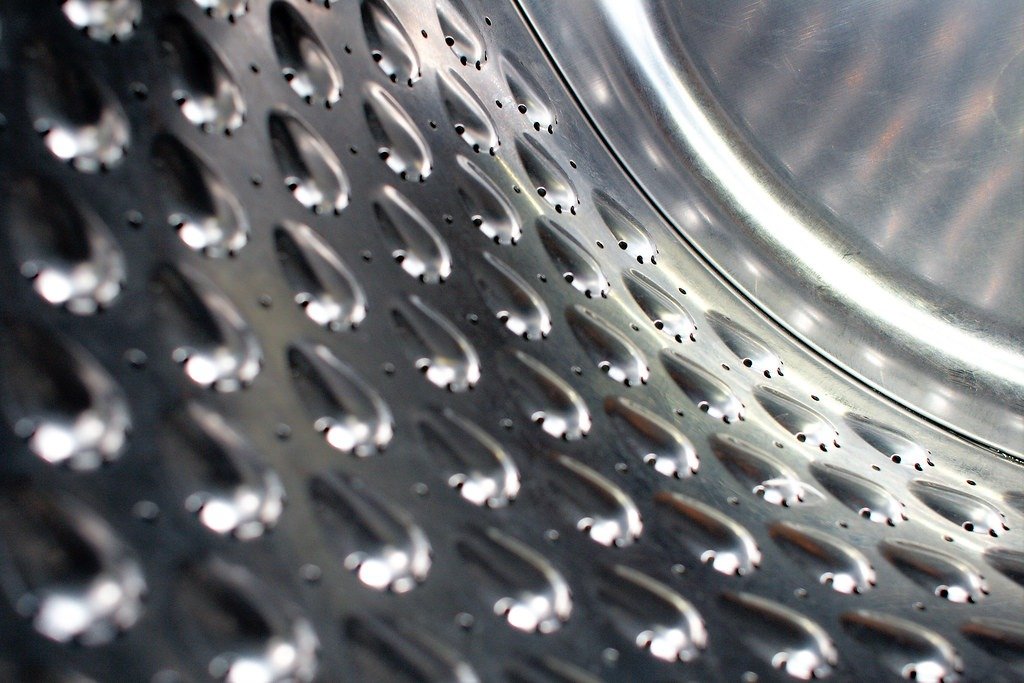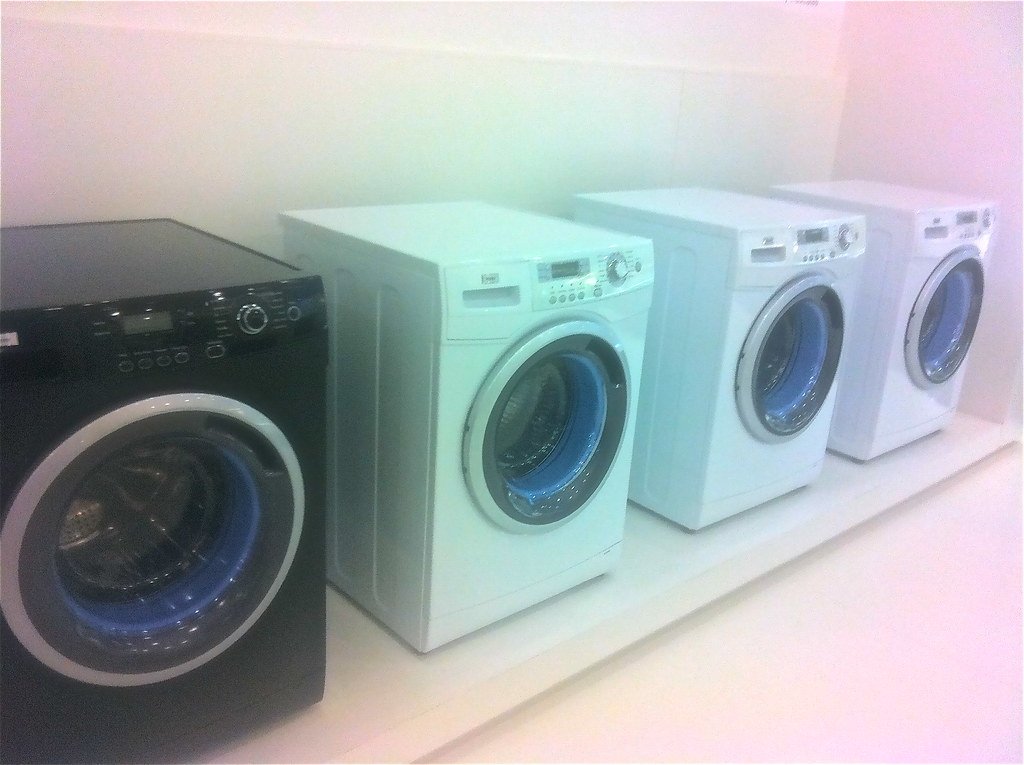
Blenders take a beating with regular use. If yours begins acting up, most repairs can often be accomplished using just a few simple tools and DIY skills.
Initial steps when troubleshooting a blender include unplugging it from power sources and checking that its cord hasn’t tripped a fuse or circuit breaker. Also be sure to inspect its blade assembly for material blockages or bridging that prevent them from turning smoothly, along with material that might block its path of rotation.
Motor
Motors are at the core of all blenders. If yours stops working or starts running erratically, first check to see if you qualify for replacement through warranty or replacement programs; if not, repair efforts could then commence.
Start by checking that the blender is plugged in, turned on, and that the power switch is on. Next, check its electrical cord for signs of visible damage or any indications of tripped circuit breakers; if so, this may necessitate replacing and rewiring of your appliance.
A blender’s coupler, which connects the bottom of its jar to its motor, may overheat or burn out due to too much liquid entering its motor and overloading. A screwdriver can help pop loose this coupler from its lockup position. In addition, seals in either jar or agitator assembly may tear, allowing liquid into its engine causing overheating or burnout; replacing seals is an easy repair that you can find easily at any appliance store or online.
Blades
Blenders can make life easy when used for smoothies and soup, but even the most skilled mixers may experience issues from time to time. Luckily, most issues can be easily rectified.
If your blender starts to make noise but won’t spin its blades, this could be a telltale sign of food particles or residue being stuck to its blade assembly. To clear it out safely and efficiently, unscrew and clean out the jar before giving your blade assembly an in-depth clean (be careful, its blades can be sharp!) Finally, give a quick rinse after cleaning it all out; always use gloves and towels when disassembling your blender to protect yourself!
Your motor base could be the cause of this issue; tighten the drive stud by gripping it with pliers or wrench and turning. Be careful that there aren’t any stripped threads; otherwise this could become more serious over time and it would likely need replacing altogether.
Lid
Blenders are an indispensable appliance for creating smoothies, soups and sauces. Their components include a food container with blades attached and an attached lid; powered by motor driven blades to chop ingredients before liquidizing them with gasketing to keep blades from leaking during use; plus an enclosed motor casing which prevents leakage when in operation.
Over time, pressure may accumulate inside of a blender jar and cause its lid to become stuck in place. Furthermore, an improper locking mechanism could make opening or closing it difficult or impossible.
Under no circumstances should anyone attempt to open or close a stuck blender lid while the machine is running; doing so could cause serious injury or property damage. Before beginning any repairs, first turn off the machine, use a towel or rubber grip as leverage against the lid and jar, tap them carefully with another towel, use cooking oil or an oil-based spray on them if still stuck, thoroughly clean both components before reassembling them and use an antistatic spray on both components before reassembling both.
Seal
An unfortunate mishandling, thermal shock due to extreme temperature changes or improper transportation conditions in your supply chain could be to blame for cracking blender containers leaking liquid, quickly turning culinary pleasure into frustration. By regularly inspecting for cracks and aligning jar and motor base correctly you may help minimize this annoyance.
Faulty blender seals or gaskets may also lead to leaks. Over time, their rubber rings may wear down or misalign and disrupt their ability to create an effective seal – this compromises performance of the blender as a result of leakage or other problems with sealing. Regular inspection of gasket condition is vital for maintaining optimal blending performance and avoiding leaks altogether.
Be mindful not to overfill your blender jar; excess pressure builds inside, causing leakage. Furthermore, be sure to follow manufacturer’s guidelines and not exceed maximum capacity; any excess pressure could buildup inside and cause it to seep through the seams of the jar and cause it to seep through! It is also crucial that all parts of the blender be regularly cleaned – especially seals and gaskets where moisture can lead to mold growth which affects taste and quality of blended creations.
Buttons
Over time, blenders can take a beating from steam, grease and food debris, which can eventually cause extensive damage to both its motor and buttons. Luckily, with some DIY techniques and inexpensive parts you can repair these issues yourself and restore its functionality.
A blender’s base, also referred to as its collar, seat or container base, requires activating a switch in order to power its motor. A damaged switch could prevent its proper function; otherwise it should be repaired as soon as possible or replaced altogether.
Blender’s user interface has significantly evolved in recent years, yet some improvements could still be made. Some buttons can be hard to locate or are unclear in their functions – for instance the drop-down arrow. Furthermore, using left click to move cursor around is less than ideal; having a quick action button accessible via Tab or right mouse button keypress would make more sense as this allows one-click selection without leaving hands off keyboard.


